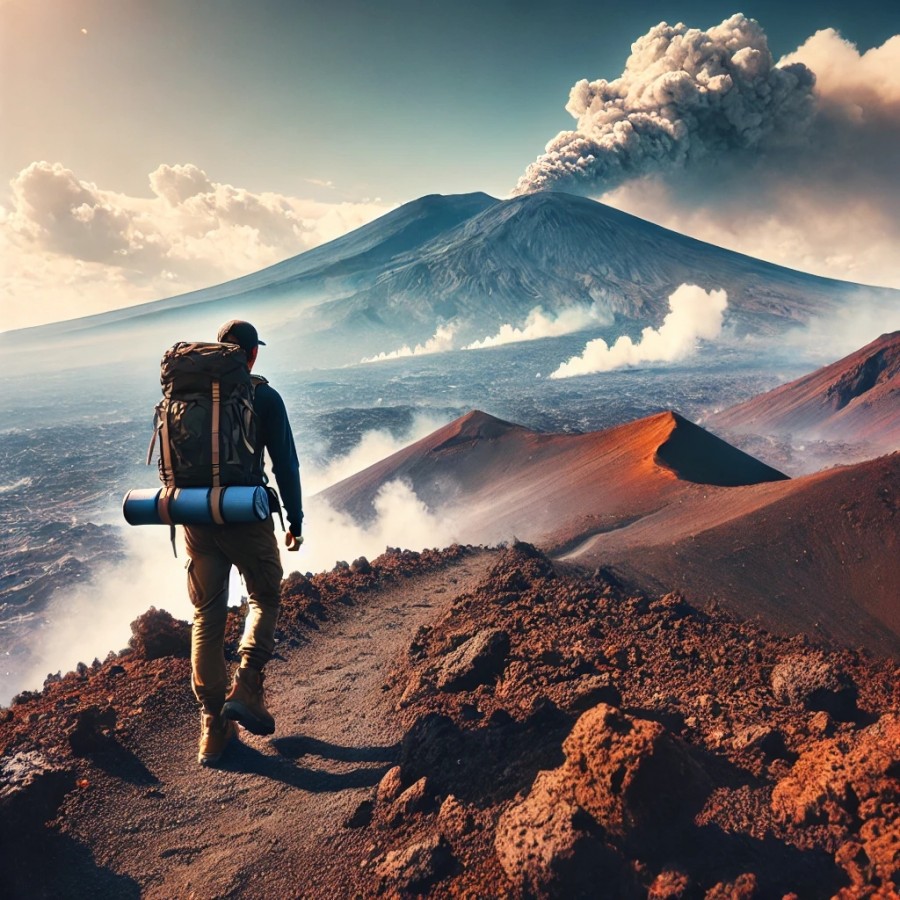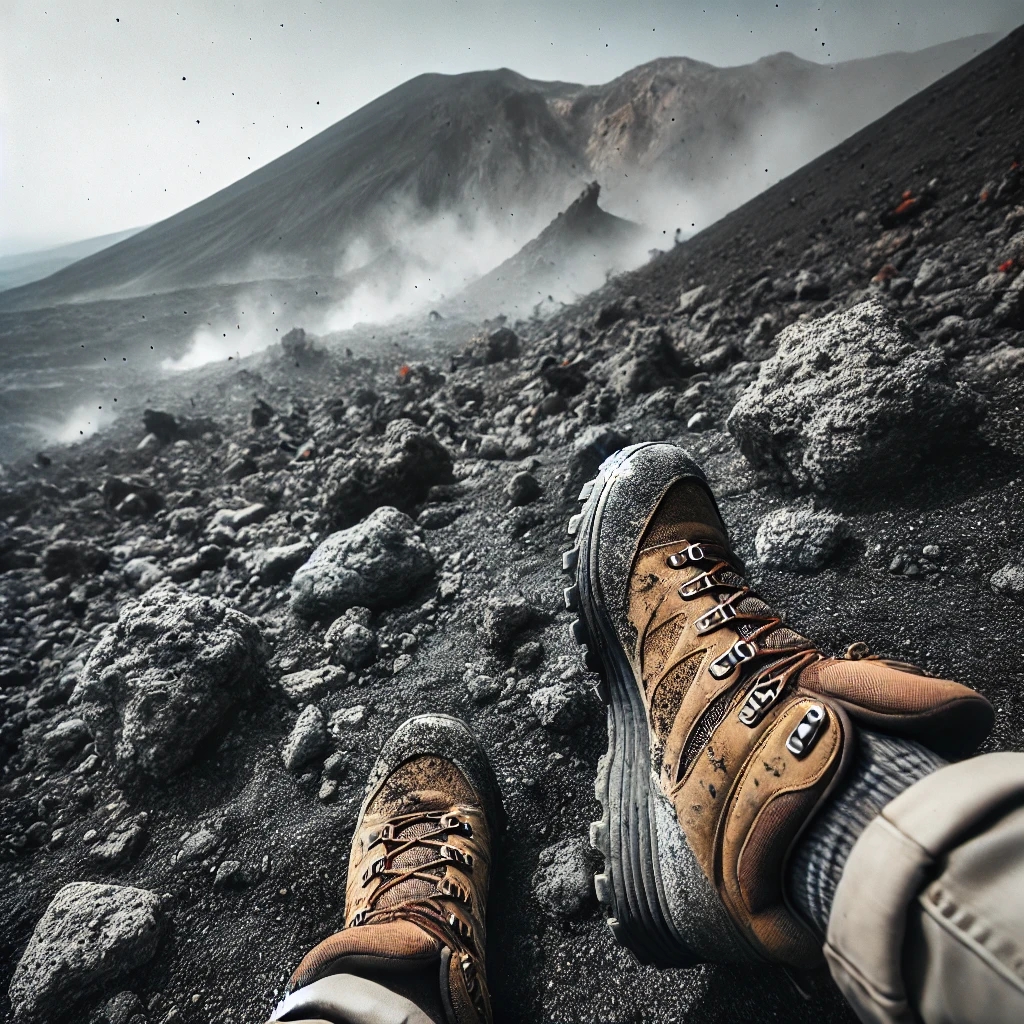
Etna Hiking Tips: Safety and Equipment
Etna Hiking Tips: Safety and Equipment
Introduction
Mount Etna, the majestic and temperamental volcano located on the eastern coast of Sicily, is an irresistible draw for adventurers. As Europe’s highest and most active volcano, it offers a dramatic landscape shaped by centuries of eruptions. However, the allure of its rugged beauty is matched by the importance of thorough preparation. A successful hike up Etna demands respect for its power and a keen awareness of safety and equipment requirements.
Understanding the Terrain
Etna's terrain is as fascinating as it is demanding. The volcanic landscape comprises hardened lava flows, ash-covered paths, and rugged rock formations. This environment is continuously reshaped by ongoing eruptions, creating a dynamic and unpredictable hiking experience.
The weather on Mount Etna can shift rapidly. Morning sunlit paths may turn treacherous with sudden winds, fog, or rain. Altitude amplifies these shifts, making it essential to be prepared for a variety of conditions in a single day.
Essential Safety Guidelines
Navigating Mount Etna’s volatile environment safely begins with enlisting a knowledgeable local guide. Their expertise ensures that you follow the safest routes and remain informed about potential hazards, including sudden volcanic activity.
Active volcanoes, like Etna, pose unique risks. Monitoring updates from local authorities about seismic activity and heeding all warnings is non-negotiable. Understanding evacuation routes and emergency protocols can be life-saving.
Preparation for emergencies extends beyond volcanic risks. Carrying a fully charged phone, a whistle, and a basic first-aid kit equips you to handle unforeseen situations, from minor injuries to getting disoriented on the trails.
Recommended Equipment for the Journey
Proper equipment can make the difference between an enjoyable hike and a harrowing ordeal. Sturdy hiking boots with excellent grip are indispensable, given the loose volcanic gravel and sharp rocks.
Layered clothing is vital to adapt to Etna’s varying temperatures. A moisture-wicking base layer, insulating middle layer, and waterproof outer shell ensure comfort in diverse weather.
Additional essentials include trekking poles for stability, especially on steep or slippery sections. Helmets provide protection from falling debris, while a headlamp is crucial for early morning or evening hikes. Ample water, high-energy snacks, and sunscreen complete your gear checklist.

Tips for a Memorable Experience
Timing is everything when it comes to enjoying Etna’s beauty. Early mornings or late afternoons are ideal for avoiding crowds and capturing the best light for photography. Planning your visit during off-peak seasons enhances the tranquility of your adventure.
Respecting the environment is a fundamental responsibility. Stick to marked trails to minimize impact on the fragile ecosystem, and carry out all trash. Learning about Sicilian customs and practices adds a layer of cultural enrichment to your hike.
Lastly, documenting your journey responsibly ensures lasting memories without endangering the environment or yourself. Opt for durable camera gear and prioritize safety over the perfect shot.
Conclusion
Hiking Mount Etna is a thrilling adventure that marries the beauty of nature with the raw power of geological forces. By understanding the terrain, adhering to safety guidelines, and equipping yourself appropriately, you can embrace the challenge with confidence. With respect for the mountain and its environment, your journey up Etna will be both safe and unforgettable.